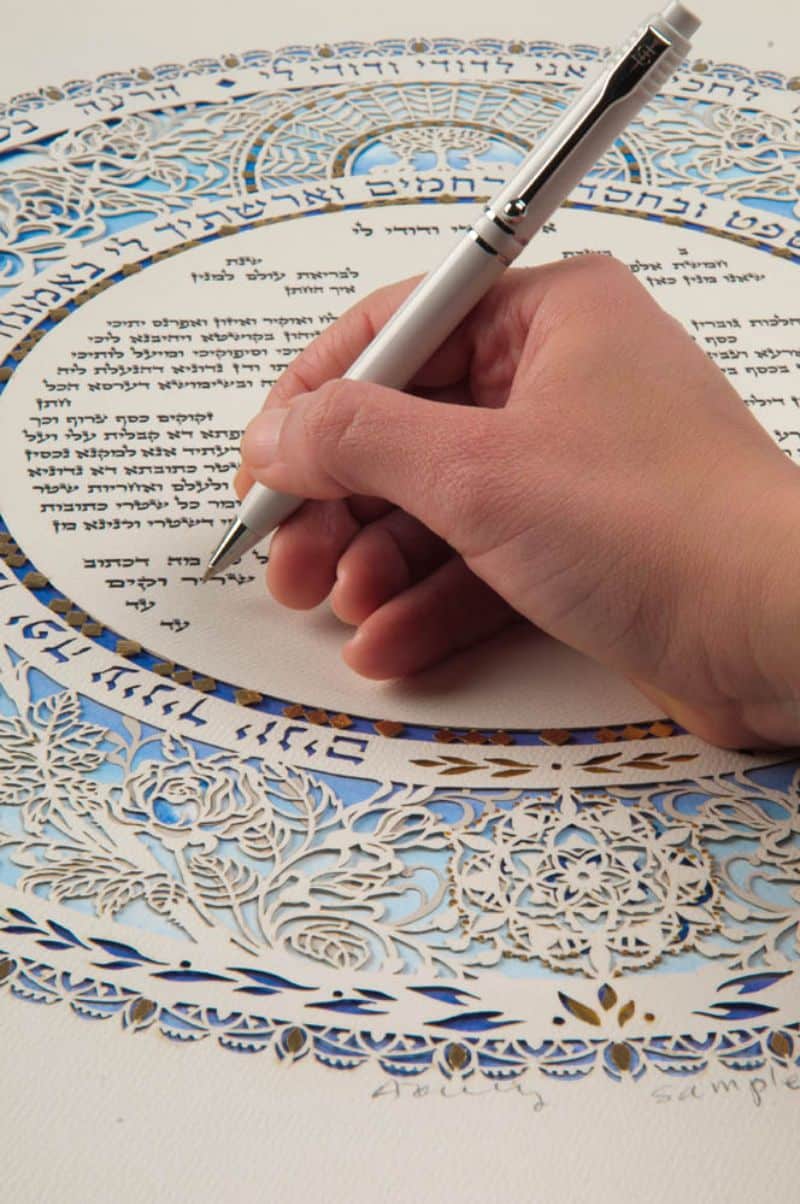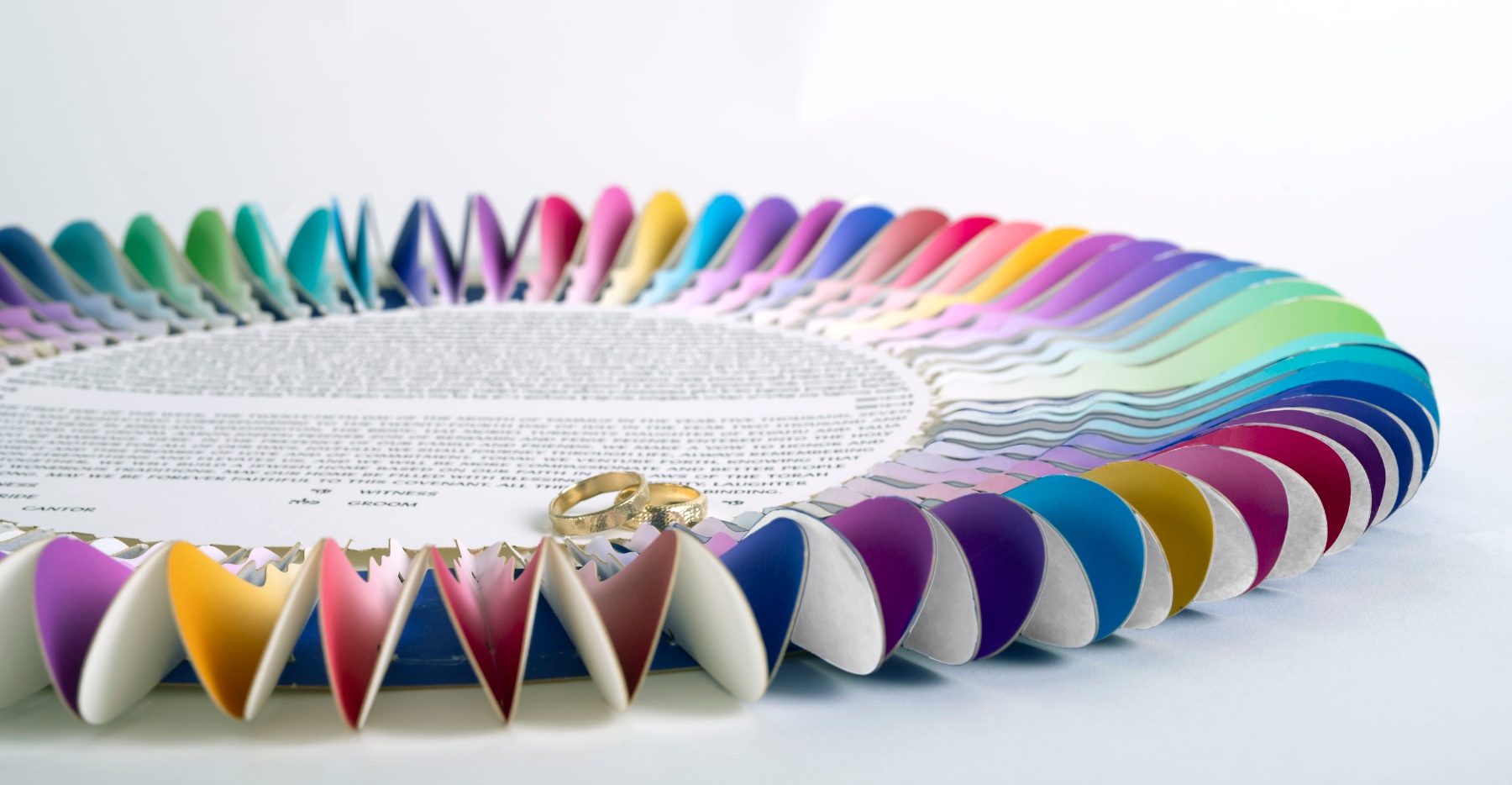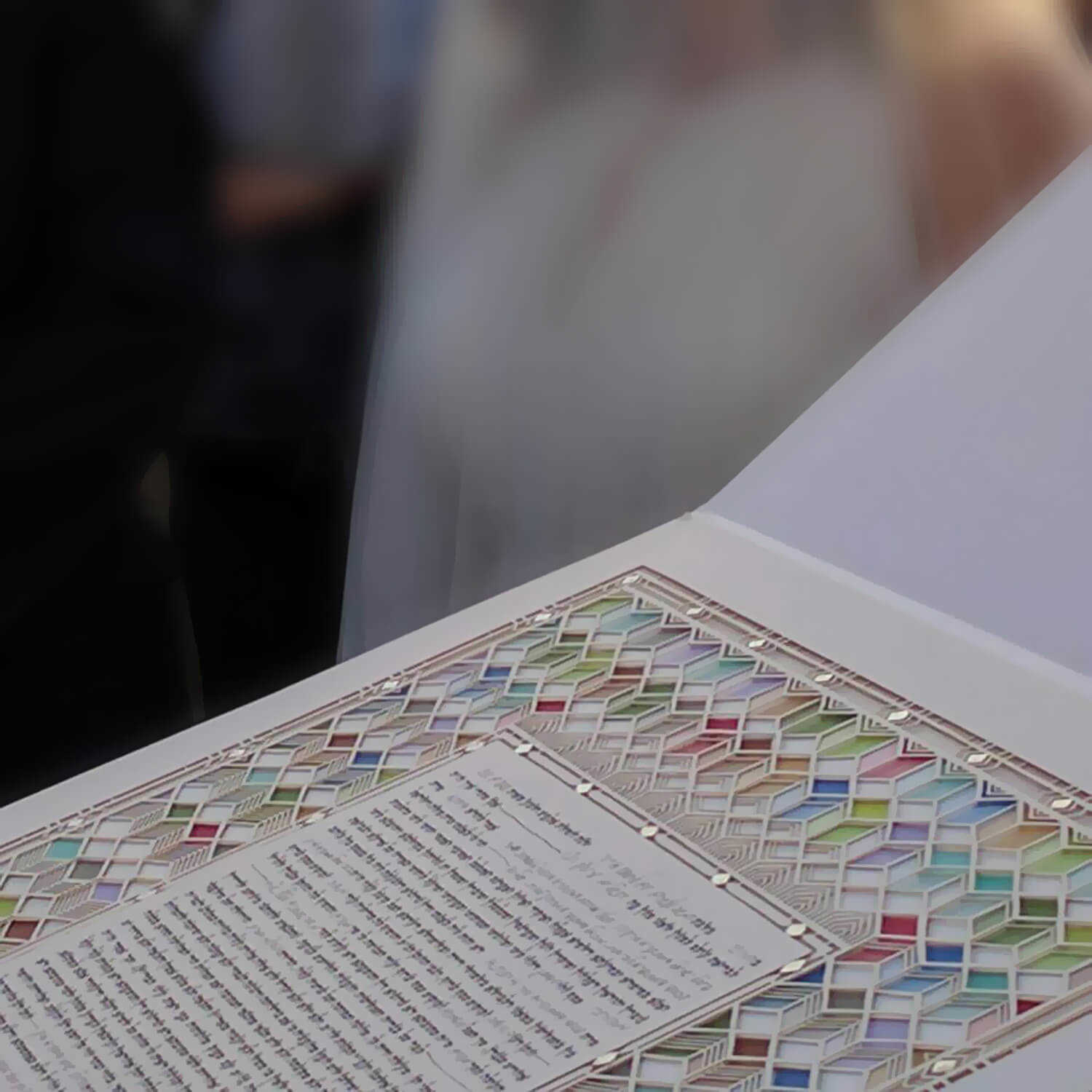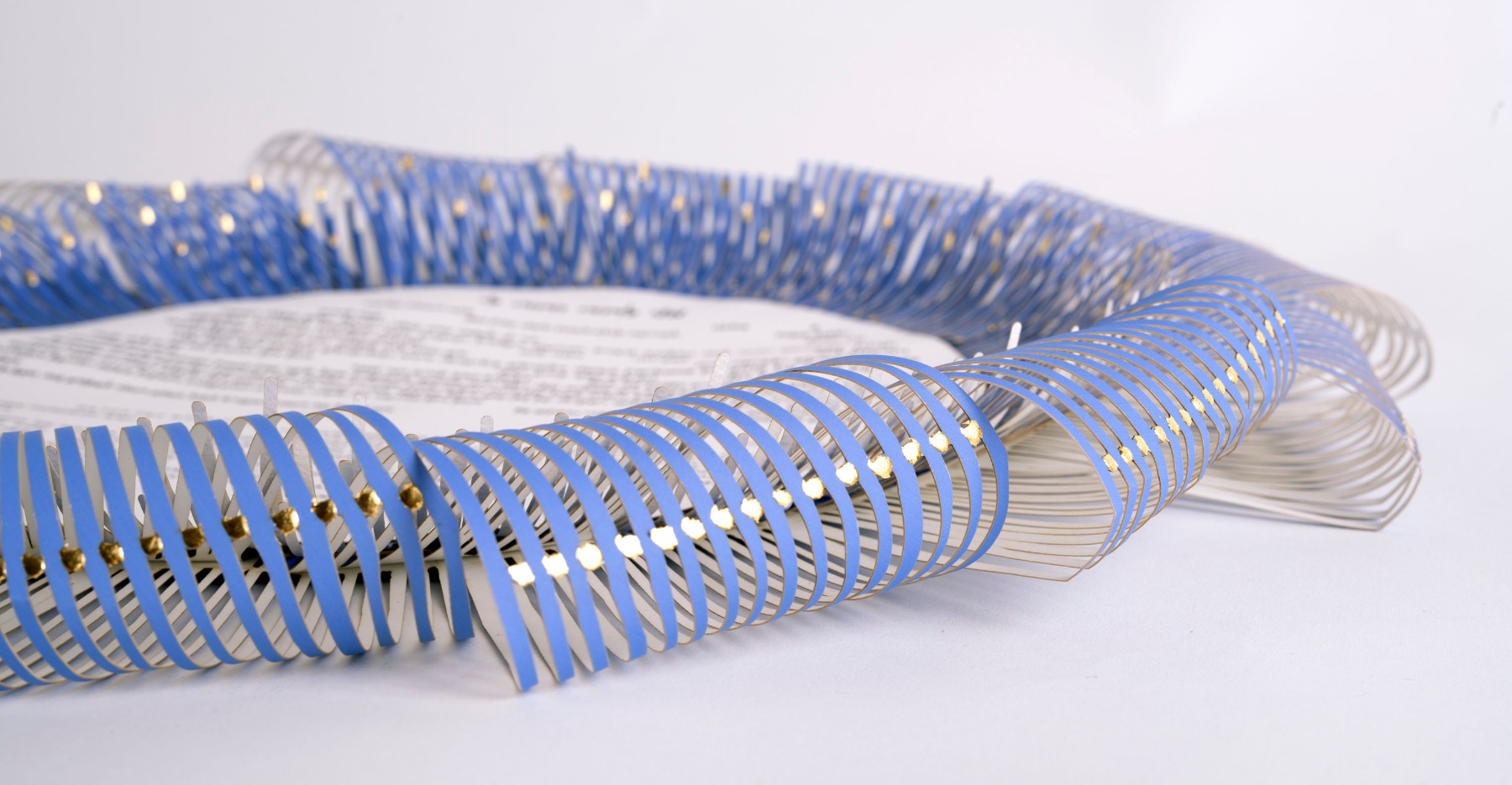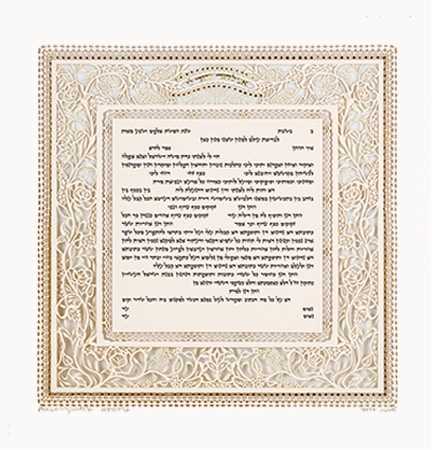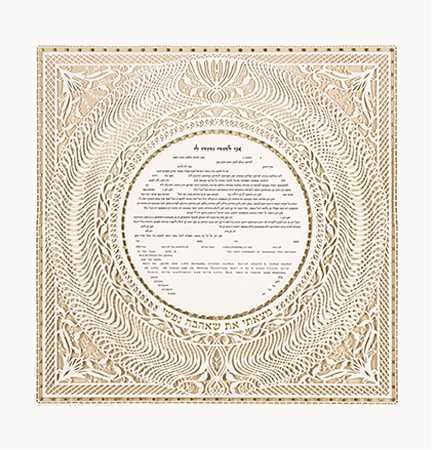What Makes a Reform Jewish Wedding?
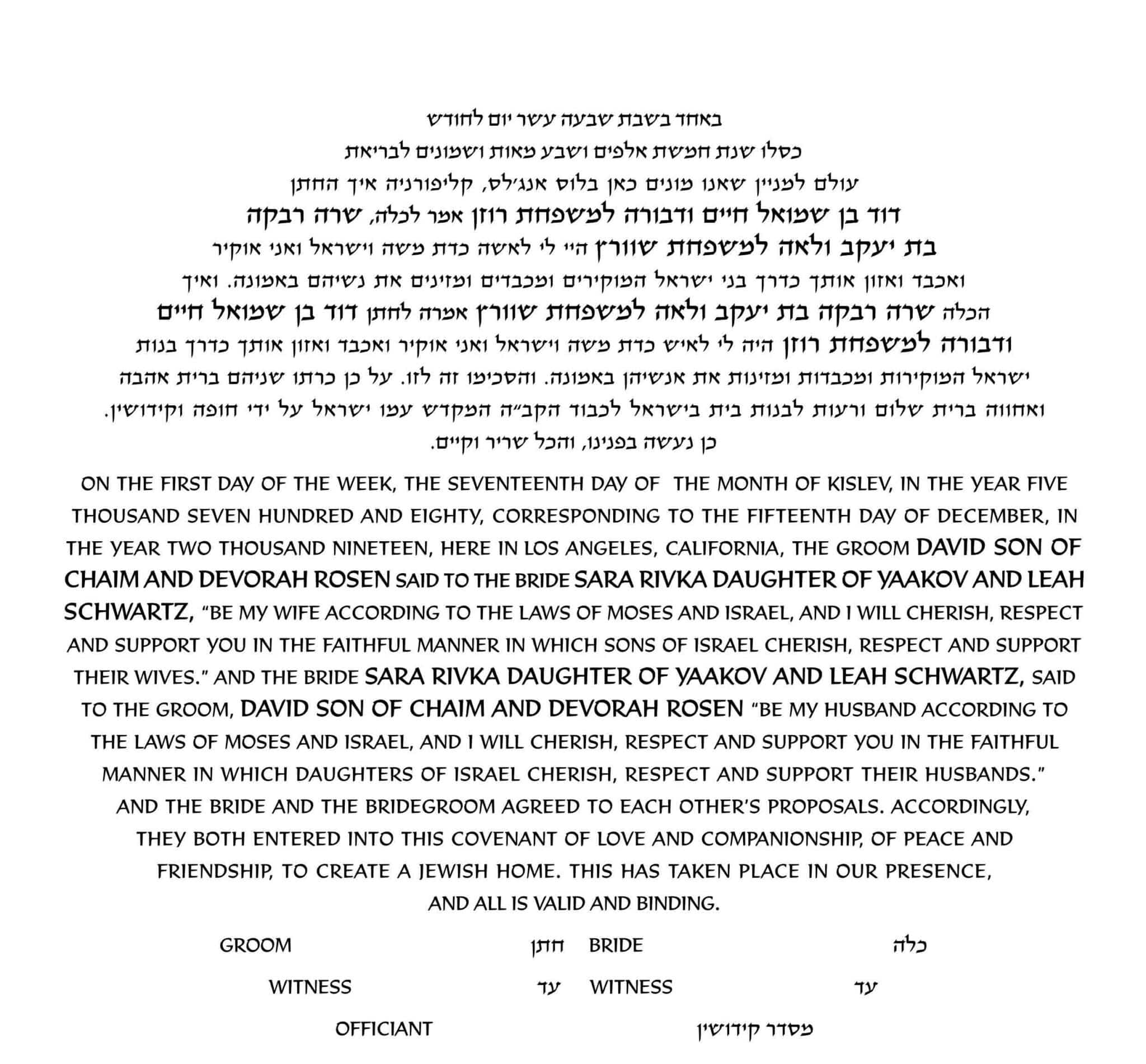
Jewish religious observance has developed in several directions over the last few hundred years, offering Jews of varying levels of observance a few options when it comes to joining a religious movement. Orthodox observance being the oldest is believed to have remained relatively unchanged since the Torah was received at Mount Sinai. Middle of the Jewish religious movement spectrum, the Conservative movement was established around the mid-19th Century and offered many of the traditions observed in the Orthodox movement, while also advancing Jewish law alongside social changes. Opposite the Orthodox movement, on the spectrum, is Reform Judaism having changed or rejected a lot of traditional Jewish laws and customs in an attempt to modify Judaism according to modern society, politics and culture.
So, What Makes a Reform Jewish Wedding?
A Reform Jewish wedding adheres to the fundamentals of a Jewish wedding. The chuppah, the ceremonial blessings, the ketubah, the exchange of wedding rings, the Sheva Brachot and the breaking of the glass are all seen and observed during your typical Reform Jewish wedding. What makes a Reform Jewish wedding different from an Orthodox, or Conservative wedding, is essentially gender equality. The bride is included in all aspects of the Reform Jewish wedding ceremony, as an equal to the groom, there are no undertones of ownership of one or the other. The chuppah remains a symbol of the home the newlyweds will build together, under fabric stretched out between four poles. The wedding bands remain gold. The breaking of the glass is still left for the end of the ceremony. The ketubah is often still read aloud, sometimes in its entirety, others just partially.
In an Orthodox, or Conservative Jewish wedding ceremony the ketubah is seen as a legally binding contract detailing the obligations of the husband to his wife for the duration of their marriage. A Reform Jewish wedding is more likely to use a contemporary ketubah describing the shared commitments and responsibilities, as well as a reflection of the couple’s deep love and friendship, they make to one another. More often than not, the ketubah is a beautifully decorated and ornate piece of artwork. Danny Azoulay, with his years of stunning craftsmanship, is a great place to end the search for an exquisite ketubah.

